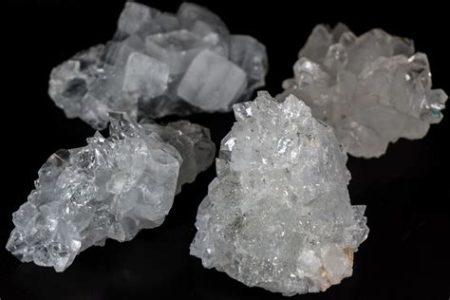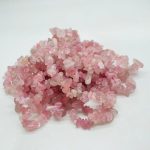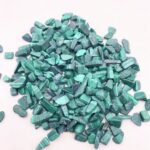Industry Overview
The global quartz mineral market is projected to reach $5.5 billion by 2025, growing at a CAGR of 5.2% from 2020 to 2025. Quartz is a versatile mineral with a wide range of applications in various industries, including glass, ceramics, electronics, and construction.

Quartz Mineral Applications
- Glass: Quartz is the primary raw material for glass production, accounting for over 90% of global consumption. It is used to manufacture flat glass, container glass, and specialty glass.
- Ceramics: Quartz is used as a filler in ceramic tiles, sanitary ware, and refractories. It provides strength, whiteness, and thermal insulation.
- Electronics: Quartz is used in electronic components such as oscillators, filters, and resonators. It is valued for its piezoelectric properties, which allow it to convert mechanical energy into electrical energy and vice versa.
- Construction: Quartz is used as an aggregate in concrete, asphalt, and other building materials. It provides strength, durability, and resistance to abrasion.
Quartz Mineral Market Dynamics
Drivers
- Growing demand for glass in the construction and automotive industries
- Increasing use of electronics in various applications
- Rising demand for ceramic tiles and sanitary ware
- Government policies supporting infrastructure development
Challenges
- Competition from alternative materials such as feldspar and soda ash
- Fluctuating quartz mineral prices
- Environmental regulations restricting mining activities
- Rising transportation costs
Quartz Mineral Value vs. Other Minerals
| Mineral | Applications | Advantages | Disadvantages |
|---|---|---|---|
| Quartz | Glass, ceramics, electronics, construction | High strength, durability, versatility | Relatively expensive |
| Feldspar | Glass, ceramics | Lower cost, higher potassium content | Less durable than quartz |
| Soda ash | Glass, detergents | High alkali content, lower melting point | Corrosive, can lead to glass defects |
| Calcite | Cement, lime, agriculture | Low cost, high calcium content | Less durable than quartz, can react with acids |
Common Mistakes to Avoid
- Purchasing quartz mineral from unreliable suppliers
- Overpaying for low-quality quartz mineral
- Neglecting environmental regulations
- Failing to consider transportation costs
Why Quartz Mineral Value Matters
Quartz mineral is essential for various industries, offering the following benefits:
- Durability and strength
- Electrical insulation
- Thermal conductivity
- Chemical resistance
Future Trends
- Increasing use of quartz mineral in lightweight and flexible electronics
- Development of quartz-based battery materials
- Exploration of new applications in solar energy and nanotechnology
Case Detail: Quartz Mineral in Solar Cells
Recently, researchers have developed a new type of solar cell based on quartz mineral. This breakthrough could revolutionize the solar energy industry, potentially leading to cheaper and more efficient solar panels.
Conclusion
The quartz mineral market is expected to continue growing in the coming years, driven by strong demand from various industries. By understanding the value of quartz mineral and its applications, businesses can make informed decisions to maximize its benefits. By addressing challenges and exploring new opportunities, the quartz mineral industry can remain competitive and contribute to global economic growth.




























